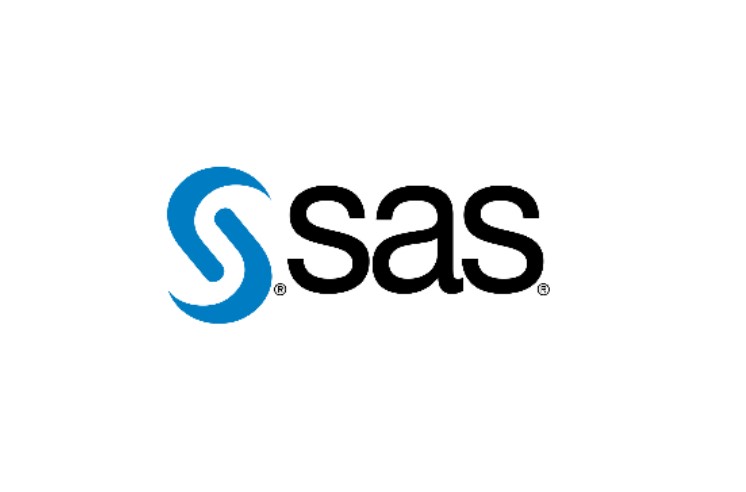Strong and diversified analysis
SAS consists of a number of analytical tools, such as dimensional analysis, regression analysis, logistic regression, and multi-variable linear analysis.
Lưu ý: thành phần này tự tạo các liên kết cho tất cả các Section có đánh dấu [Bổ sung điểm neo].
Có thể bổ sung thêm liên kết khác ở [PHẦN LIÊN KẾT]
SAS (Statistical Analysis System) is a data analysis and business information management software suite that is commonly utilized for advanced analysis, business analysis, and big data management tasks. SAS offers software and solutions for a wide range of industries, including data analysis, statistics, business and finance, risk management, human resource management, data mining, and many others.

SAS consists of a number of analytical tools, such as dimensional analysis, regression analysis, logistic regression, and multi-variable linear analysis.
SAS has the ability to automate analytical operations, saving users time and effort.
SAS can integrate with a variety of data types and can connect to different data sources.